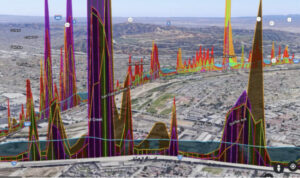
Nothing stings more than having your business fined for non-compliance. And you want to know what hurts even worse? The solution to your financial compliance woes may have been hiding right under your nose. We’re talking about portable emissions measurement systems (PEMS) and continuous emission monitoring systems (CEMS).
In a nutshell, PEMS are small devices about the size of a microwave that are placed aboard your vehicle to measure, report, and verify on- and off-road vehicle exhaust emissions.
These handy devices help track emissions output on everything from cars to motorcycles to chainsaws and more. CEMS are a whole different story.
But the good news is that both PEMS and CEMS help drive us toward a greener future.
If you’re wondering how PEMS and CEMS can help you, then we think you’ll enjoy reading this article. We’ll discuss the power of CEMS and PEMS — and the friendly relationship between CEMS and PEMS.
Join us! Your expert team of GlobalMRV analysts, Ph.D. researchers, engineers, and technicians will break down what continuous emissions monitoring systems are, how they can help you, and what they have to do with portable emissions measurement systems.
What are continuous emission monitoring systems (CEMs)?

When we’re talking about continuous emission monitoring systems (CEMS), we’re referring to environmental systems and control devices that help us measure gas and particulate matter (PM) emissions.
CEMS refers to the combined equipment needed to determine the concentration of certain emissions. Using pollutant analyzer measurements, various equations, and computer programs, continuous emission monitoring systems produce verifiable data for use by businesses, original equipment manufacturers (OEMs), and environmental regulators.
The Environmental Protection Agency (EPA) mandated CEMS to determine the total emissions output of air-polluting devices (such as smoke stacks).
Components in a CEM include:
- A gas conditioning system
- A calibration gas system
- Gas analyzers
- A sample probe
- A sample line
- A filter
In short, CEMS help measure pollutants and help companies stay in compliance with EPA rules and regulations.
What do CEMS do?
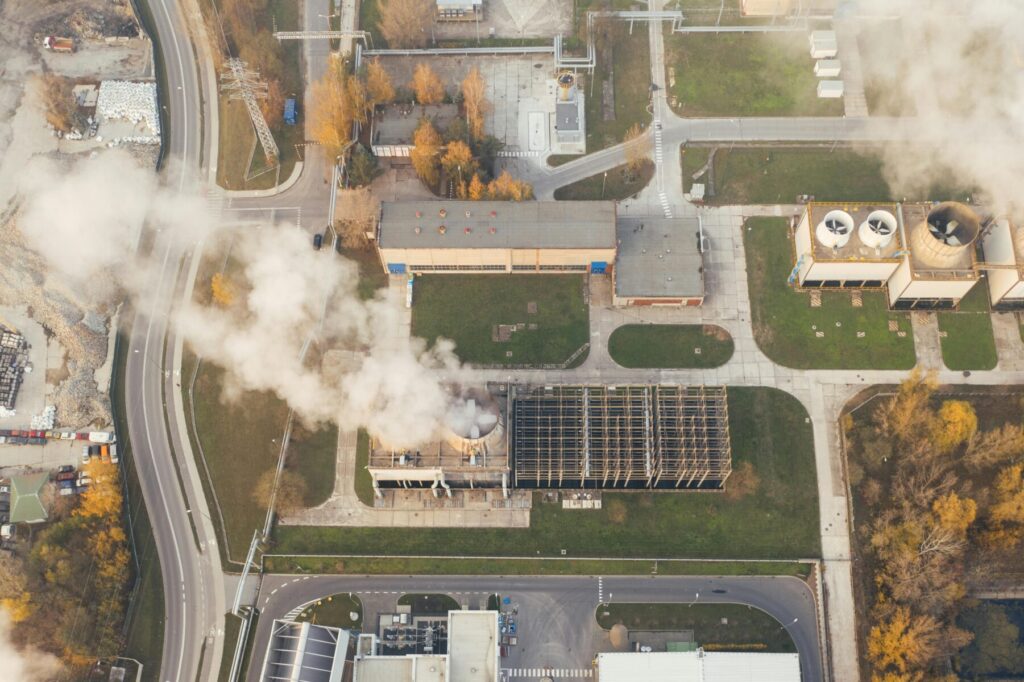
Here’s the scoop on CEMS: CEMS help businesses and OEMS test the number of pollutants in the air.
These devices also monitor gas streams that result from industrial processes. Some of the gasses that CEMS analyze and test for include:
- Sulfur Oxide (SO₂)
- Nitrogen oxides (NOx)
- Carbon monoxide (CO)
- Carbon dioxide (CO₂)
- Oxygen
- Airborne particulate matter
- Volatile organic compounds (VOCs)
You can think of a CEMS as a larger version of a portable emissions measurement system (PEMS) but for larger industrial processes. Both CEMS and PEMS are instrumental in the emissions monitoring process, but only CEMS deals with large-grade industrial processes, such as an industrial smoke stack.
“Wait, PEMS? But I thought we were talking about CEMS,” you might be thinking.
Not to worry. You can read our blog on PEMS, iPEMS, and mini PEMS for more information about the power of portable emissions measurement systems.
We’ll also discuss more about PEMS in a later section in this article.
And how do CEMS work?
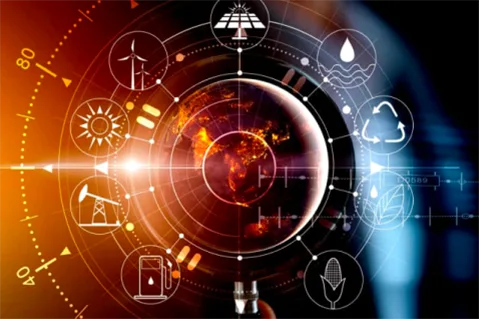
CEMS devices use a sample probe to extract a small sample of flue gas through a pump in the device. Once the analysis is complete, gas exits through the exhaust vent of the system.
Next, a data acquisition and handling system (DAHS) collects the output of the sample and records the emissions data that results from it.
Then, a data controller — a fancy word for a supervisor or environmental expert — reads and interprets the results. Finally, the expert uses the data to make more informed decisions for the company’s operations.
At GlobalMRV, our environmental compliance experts use time-honored quality assurance procedures to report accurate and reliable emissions monitoring test data. Most importantly, having the right operators, methods, and protocols in place will help you to ensure that your CEMS work at its best.
Why are CEMS important?

So, why bother with CEMS in the first place? Well, for one thing, the EPA requires CEMS for continued compliance for certain industries.
But more than just regulatory requirements, CEMS can help if you ever have an issue at your business. For example, let’s say you have a malfunction in your equipment.
CEMS (and PEMS) can provide minute-to-minute reports of how your equipment operated at the time of malfunction. These devices can even show you the source of the malfunction and the moment your equipment cleaned it up.
Conducting regular evaluations of your equipment’s emissions output can be invaluable when explaining any noncompliance to the EPA.
For those smaller devices and vehicles that operate at your business, you’ll likely want to opt for a PEMS instead of a CEMS.
Let’s see why in the next section.
What’s the relationship between continuous emission monitoring systems and PEMS?

While they both rhyme, CEMS and PEMS come in handy at different times. Portable emissions measurement systems (PEMS) give you the same precision as CEMS but in compact form.
Portable emissions measurement systems measure, verify, and report on-road and off-road vehicle emissions output in real-driving environments (RDE). These devices are as large as a microwave and sometimes as small as a backpack.
Using OBD-II software, multiple USB cables with external devices, and multi-point calibrations, PEMS devices can collect more than 60 different diagnostic tests on over 100 different types of vehicles and power equipment.
PEMS can be used in dry and wet weather, on-site, and off-site. Best of all, PEMS offer the same relative accuracy as CEMS, but in smaller, ultra-light packages.
And PEMS can be used on vehicles and off-road equipment like ATVs, trucks, construction equipment, lawn mowers, and even chainsaws!
What’s great about PEMS is that installation is quick, and results arrive in as little as 15-20 minutes.
Both PEMS and CEMS can help you stay in compliance with EPA regulations. But only PEMS technology units provide first-rate data on the performance of internal combustion engine (ICE), hydrogen-powered, and PHEV-based engines.
The good news is that both provide complex and relevant data for business management and engineering teams. But only PEMS does so in an ultra-light, compact, and versatile package.
Pro tip: Partner with a PEMS provider for strenuous measurement sites
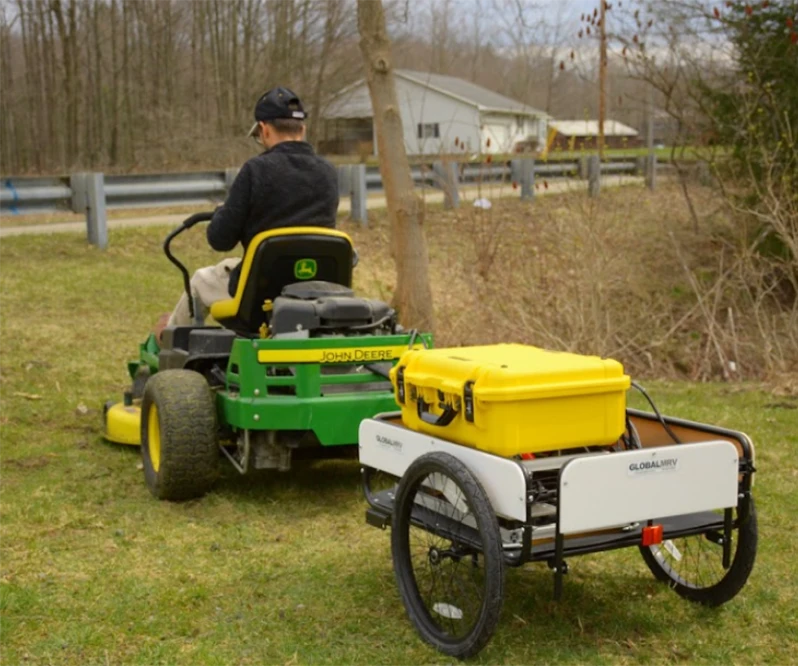
Emissions data collection isn’t only for on-road vehicles or construction sites. Use a PEMS provider to collect vehicle emissions data in hard-to-reach, strenuous testing conditions.
Whether driving a sedan on a smooth road or riding an ATV on rough terrain, trust your local U.S.-based PEMS facility to deliver fast, accurate, and reliable data.
For example, our Firefly units have helped vehicle manufacturers collect key data on minivans, pickup trucks, SUVs, and high-performance sports cars for vehicle calibration and emissions testing purposes. You can try our Firefly PEMS’ advanced data capture technology systems today.
Contact us today for your zero-risk, complimentary consultation.
Side-by-side comparison of CEMS and PEMS
| Specifications | Continuous Emission Monitoring Systems (CEMs) | Portable Emissions Measurement Systems (PEMS) |
| Provides real-time emissions data | ✅ | ✅ |
| Tests emission outputs of industrial equipment — like smoke stacks — on power plants | ✅ | ✅ |
| Provides fast, accurate, and reliable data | ✅ | ✅ |
| Helps you drive improvements in quality, innovation, and development for your vehicle performance needs | ✅ | ✅ |
| Installs in 15-20 minutes | ✅ | |
| Tests more than 60 different regimes | ✅ | |
| Can test power equipment, trains, vehicles, ATVs, motorcycles, lawnmowers, leaf blowers, and chainsaws | ✅ | |
| Can test gas or particulate matter | ✅ | ✅ |
| Can test at site-specific laboratories or in remote locations | ✅ |
Other frequently asked questions about CEMS and PEMS
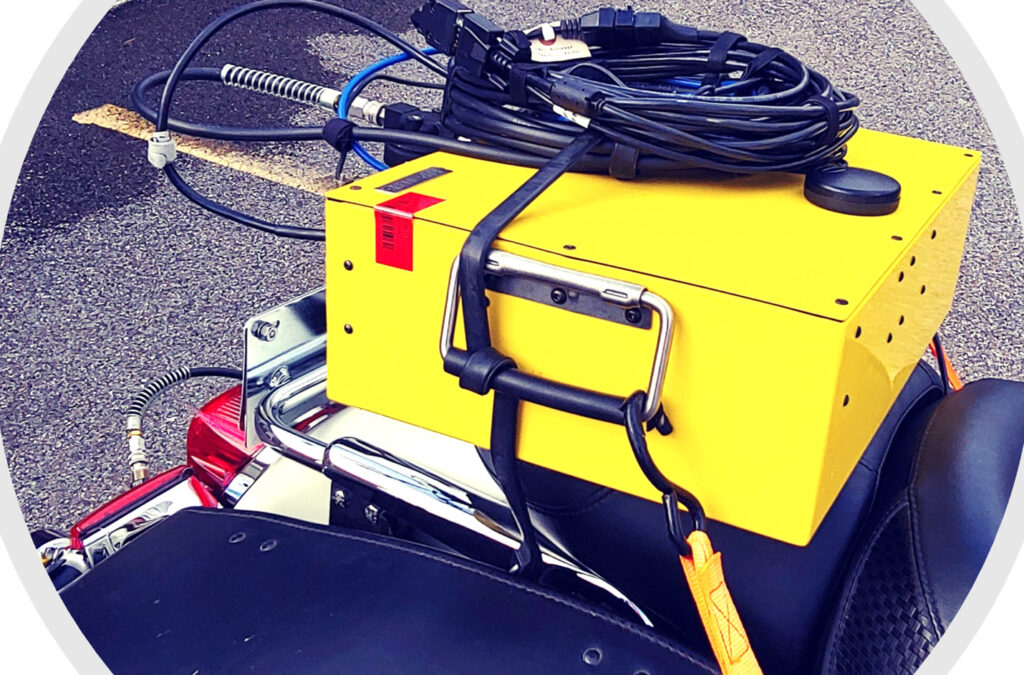
We know the acronyms can be confusing. That’s why we created this list of handy questions about CEMS and PEMS.
We hope the following questions help shore up any wonderings you might have about these systems.
What’s a data collector’s role with continuous emission monitoring systems and PEMS?
Data loggers, supervisors, analysts, technicians, and managers: your job involves thousands of hours of data. With CEMS, you’re the bridge between the data acquisition system and the emissions monitoring equipment.
The major difference between a data collector’s role with CEMS and PEMS is in the level of scrutiny needed when collecting and validating emissions data for compliance reports. With PEMS, less oversight is needed to collect data.
With PEMS, the equipment can operate on its own without much oversight, so you can relax. Portable emissions measurement systems collect large volumes of data on the concentration or emissions output of on- and off-road equipment and vehicles.
How can I ensure reliable and quality emissions monitoring with CEMS and PEMS?
There’s no better solution to monitoring vehicle emissions than using state-of-the-art emissions-testing equipment. In fact, hardware as a service (HaaS) may be the solution.
If you’re looking to ensure reliable and quality emissions monitoring, try out our PEMS hardware with our Hardware as a Service (HaaS) option.
Where can I learn more about data acquisition and handling systems like CEMS?
You can read the Environmental Protection Agency’s 40 CFR Part 60 Appendix B to learn more about the details of CEMS. In this document, the EPA outlines key operating conditions, including normal loads tested by CEMS, flow rates analyzed, and emissions concentrations collected with CEMS.
Stay in compliance with portable emissions measurement solutions (PEMS)
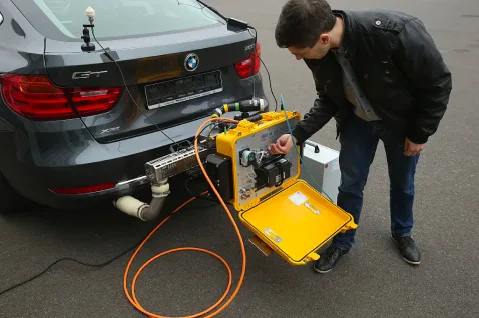
In a nutshell, continuous emission monitoring systems help businesses and original equipment manufacturers (OEMs) collect, verify, monitor, and report key air pollution data for large-scale industrial operations.
For everything else on and off the road, there’s portable emissions measurement systems (PEMS).
PEMS can help OEMs and businesses measure, verify, and report emissions data for on- and off-road vehicles and equipment in real-driving scenarios.
When you have the right team on your side, emissions data collection becomes even easier. With environmental legislation and environmental greenhouse gasses on the rise in places near and far, you couldn’t have picked a better time to explore emissions verification solutions.
Can our team lend you a hand? At GlobalMRV, we’ve collected and analyzed over 3,000 hours of reliable data and helped save OEMs and companies more than $5,000,000 on traditional dynamometer and real driving emissions (RDE) testing for clients of all different industries and niches in the last decade alone.
Our team of Ph.D. researchers, managers, analysts, engineers, and technicians have run more than 60 different types of diagnostic testing regimes and supported over 100 different vehicles and engines for overall emissions reduction and fuel calibration testing.
Reach out to us to learn more.
Let’s see what we can create. Let’s build a greener future together.